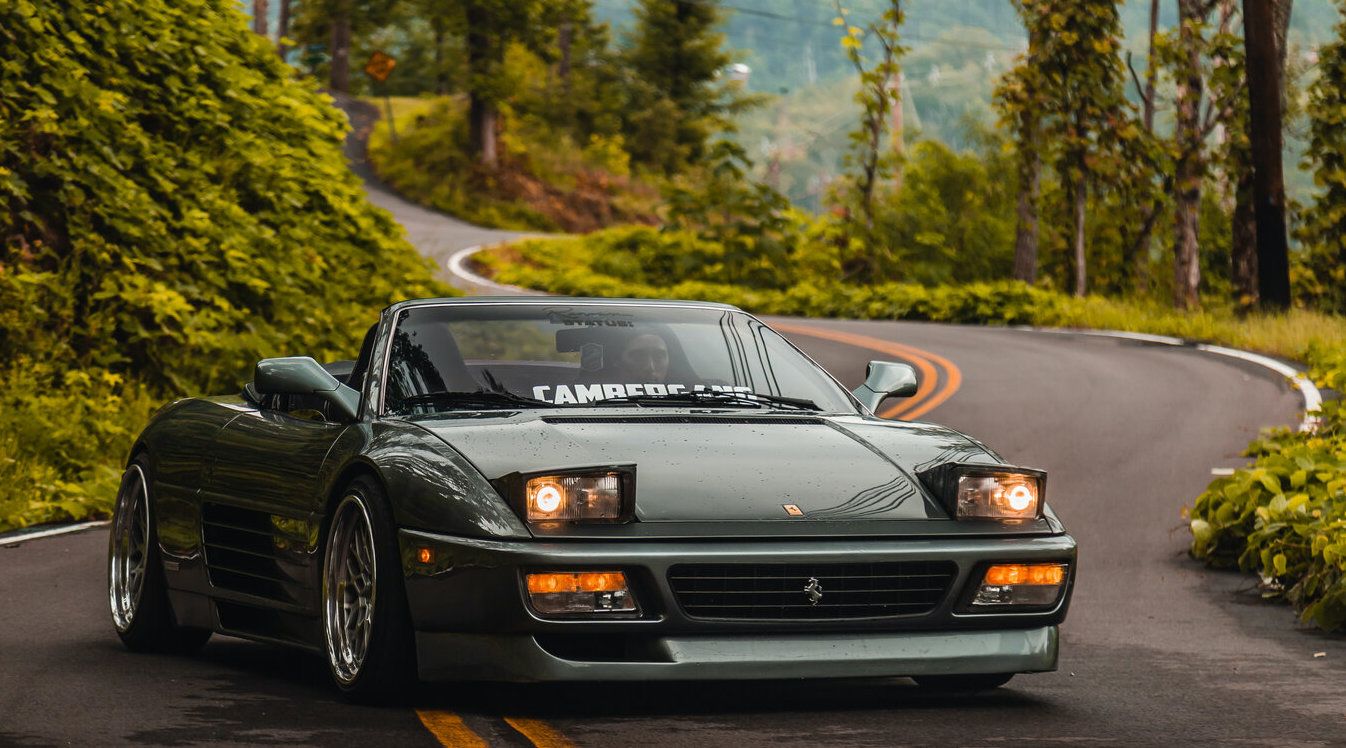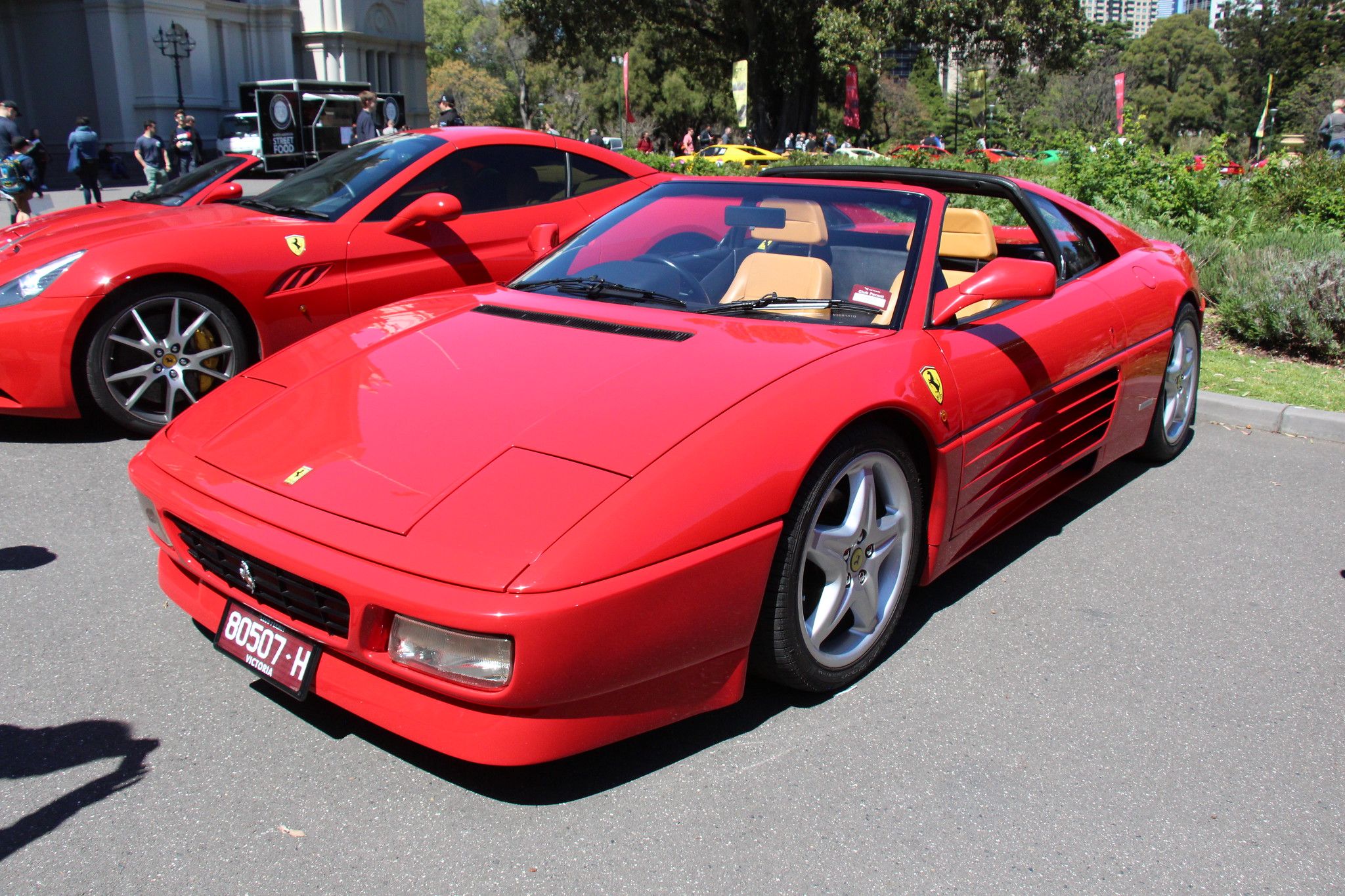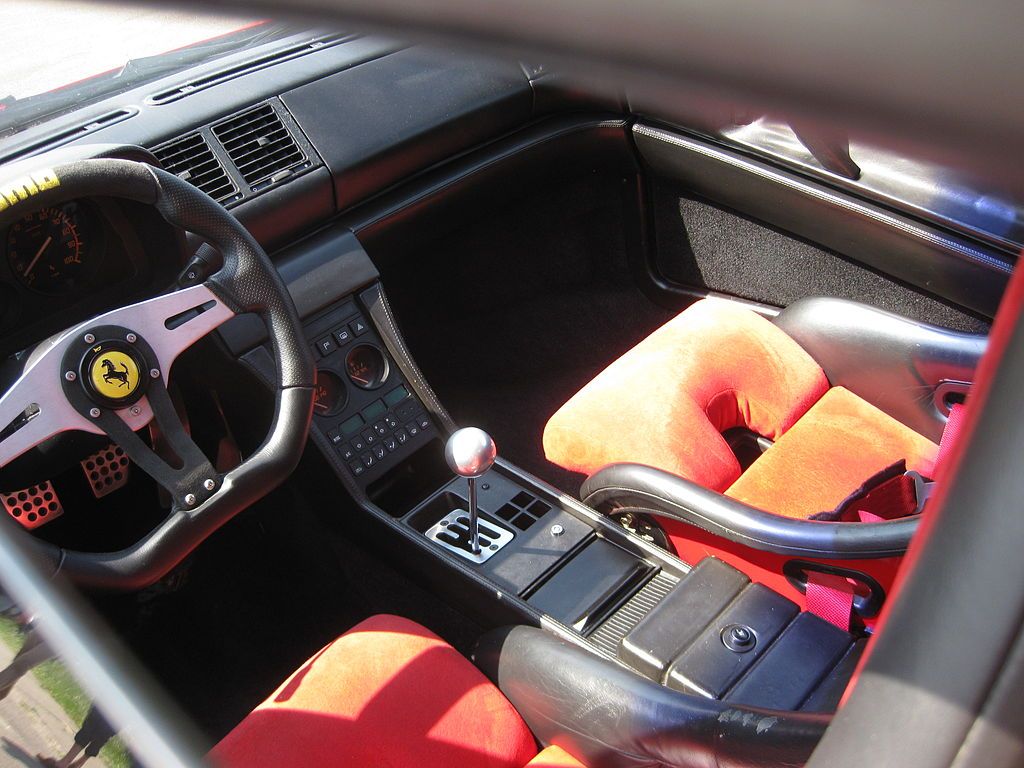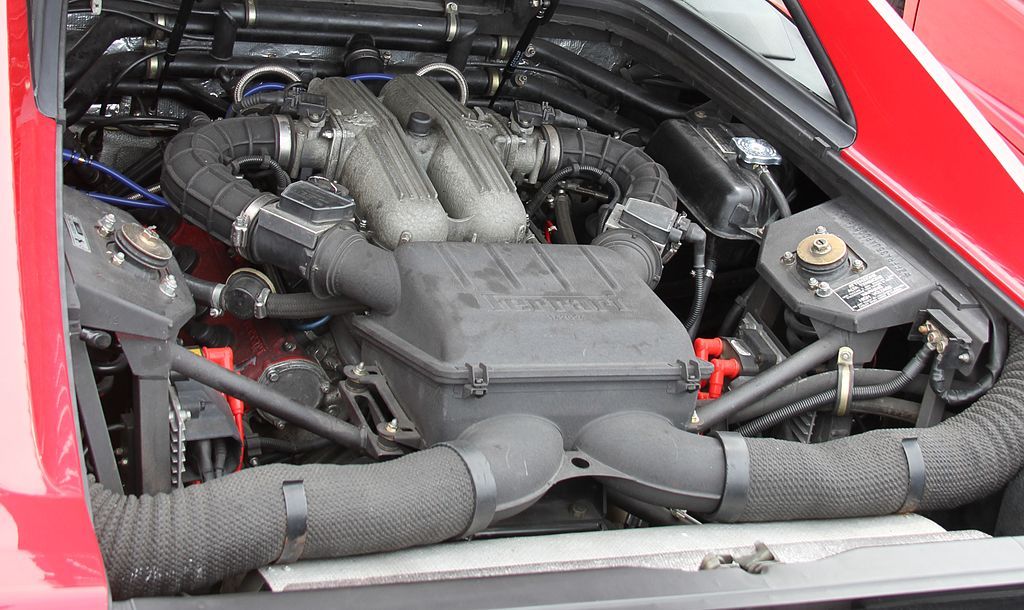The Ferrari 348 was not an astounding success when it was first released, but it has since improved on its performance and appearance, making it more desirable as a collector's item. Replacing a popular model in a manufacturer's repertoire must give designers and engineers nightmares, so when Ferrari pulled out the 308/328 formula, the successor had to be something extraordinary.
The automobile made its debut in September 1989 and became the beloved of European auto shows, with continuous improvements until 1995. Notably, the 348 was crowned ‘Best in Show’ when it debuted at the Frankfurt Auto Show. It was Enzo Ferrari's last V8 mid-engine car before his death. Also, the 348 is the last of the analog Ferraris, and it was available in two body styles: TS (Targa) and TB (coupe).
However, it immediately became clear that the greater horsepower and technology did not equate to a superior driving experience. The looming crisis, along with the prospect of competent newcomers like the Honda NSX, threatened to turn the new mid-engined V8 into an afterthought before it had even begun to run.
On the other hand, the engineers at Maranello continued to work on the 348 and made significant progress. Hence, we've highlighted some of the best features of the Ferrari 348 for your pleasure.
In Terms Of Design, The Ferrari 348’s Style Is Simply Fantastic
Pininfarina stylist Leonardo Fioravanti took stylistic cues from the legendary Ferrari Testarossa, particularly the horizontal strakes running down the side of the body. The nose is also reminiscent of the F40, one of the most memorable Ferraris ever produced. It defies belief that journalistic knuckleheads claim Fioravanti came up with a dud in the 348.
The Pininfarina-designed 348 had the look of a baby Testarossa, but with softer lines and ideal proportions. The 348, like its predecessors, was one of the best-looking supercars of its day. Steel panels were utilized throughout, except for the bonnet and engine cover (made of aluminum) and the bumpers and sills built of fiberglass.
The 348 TS came with a detachable vinyl-coated molded plastic roof panel kept behind the seats. Pininfarina designed a false grille at the front of the vehicle to keep the 348 in line with the rest of the range, despite the radiator being fed by sizable slatted air intakes carved out from either side.
In the retractable headlights, the designers installed new rectangular lenses. By leaving the side skirts and aprons matte black, Pininfarina gave the 348 a fantastic, sleek silhouette.
The engine cover and the rear fascia carry the slatted design. Like the Testarossa, the designers hid rectangular light assemblies under a matt black grille at the back.
The brightwork was almost non-existent, and the prancing horse symbol affixed to either end was a dismal black. The door release catches were flush with the rest of the panels to promote ventilation.
The Ferrari 348’s Interior Design
Even though the transition from the 308 to the 328 had been relatively straightforward, Ferrari completely redesigned the inside of the 348. The designers retained the traditional leather upholstery, and the car also features Connolly hide on the seats, door panels, lower dash, center console, transmission tunnel, and upper rear bulkhead panel. Black vinyl covered the top dash, cloth-covered the headliner, and carpet covered the remainder of the cockpit.
There is a 200mph speed on the primary instrument binnacle and a 10,000rpm rev counter. Between the larger gauges, smaller gauges for oil pressure and water temperature were placed one on top of the other. The center console had extra gauges for oil temperature and gasoline. The instruments were all orange with black accents.
A black leather rim surrounds a three-spoke steering wheel. The designers placed the handbrake on the driver's side of the seat. The cushioned chairs were manually adjustable, and the gear change was a typical open gate.
Air conditioning, power windows, and mirrors were all standard equipment. The heated element in the wing mirrors is triggered when the driver switched on the heated rear window.
The Ferrari 348’s Engine And Performance
The 3.4-liter engine is usually trustworthy; however, early cars had cam chain tensioner issues. A running update fixed the problem, but the manufacturer had to double-check the paperwork to ensure it was done correctly. Dry sump lubrication was standard on all models. Cambelts should be replaced every three years or 24,000 miles; however, some owners have discovered that they may last much longer. An engine rebuild may be necessary if the belt fractures after a lengthy period.
When cold, the second gear is difficult to engage; its predecessors share this trait. The second gear synchro is also a trouble spot, but a five-speed manual gearbox is a solid unit otherwise. Clutches may last up to 40,000 miles, but frequent changes may indicate a hard life. The T in the 348's name refers to the transversely mounted gearbox shared with the Mondial T at the time.
All in all, the ride is firm, the handling is solid, and the performance is more than enough to lose your license while still in second gear – or first gear in a school zone, if you want to test the redline.




